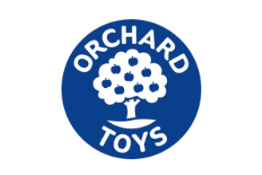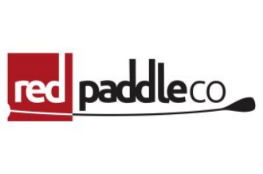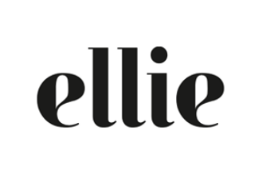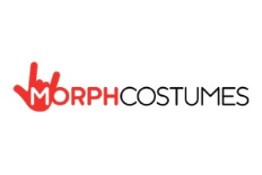Jumping, or rather stretching, over puddles in a wet city this morning, the need for fitness is not lost on me as an individual, or indeed a business, in or out of a pandemic. The surge in ecommerce activity in recent months has delivered more opportunities to buy – and to sell. However, it also raises the question: is the product you have in your basket, really the product you want?
The proliferation of fake goods for sale online is maddening for brands and saddening, at best, for the unwitting consumer. Fake components and beauty products can deliver memorable outcomes – for all the wrong reasons. Those making serious money from fakes, and counterfeits are said to be contributing over USD0.5 trillion to the economy annually, funding prostitution, drug rings, people trafficking and terrorist activities. So … is the cheaper, must-be-a-bargain-could-be-a-dodgy-replica, really such a good deal?
The price of a product is made up of a number of components, most notably manufacturing costs, research and development, safety testing, intellectual property protection, insurance, packaging, shipping, marketing … and more. Fakes simply ‘rip off’ the original product – with no need for all the costs of origination or marketing. No consideration is given to product safety or the legal working conditions of those in the factories – the fake is simply replicating (in most cases) the visible, tangible product.
For smaller businesses, fakes pose enormous, often unseen, problems. Customers unwittingly buying fakes turn to the original with fury, disappointment, requests for refunds at best and insurance claims at worst. Sometimes the business is caught unaware, with no idea that their lovely products, over which they have poured blood, sweat and tears, exist in a parallel, unwanted universe. For the larger brand, often fighting fakes for years, it’s no easier – but having the resources to do something about it can help. More difficult is, perhaps, the decisions which need to be made when a parallel supply chain is discovered. Ethical considerations are questioned, instantly. Where the original brand may be super ethical, locally made with a low carbon footprint, the parallel products are guaranteed to be quite the opposite. Ignoring the ‘attributes’ of the fakes can put the original in peril – but resources and implications need to be balanced accordingly.
A combination of language skills (or google translate), any and all intellectual property and a firm injection of resilience and determination is all that is needed to take back control, regardless of a brand’s size.
First: if you see a fake of your product about which you did not know, try and buy it, if you can. Better the devil you know than the devil you don’t. If you know what’s different about it (and there will be something, however small), you can alert those you need to tell. Where possible, once you know the foibles of the fake, you can update your own product at the next production run, ensuring you keep two steps ahead. Regularly updating packaging and use of images too always helps too.
Secondly: regularly ‘google’ your brand, and not just in English. Be creative. Describe your product as you would if playing the excellent game Taboo where, when asked to describe an apple, you must not say round, fruit, green, red, tree or crunchy. Think laterally. Use search terms where the product’s application is inferred, rather than just the product description.
Three: when, and if, you find infringing products online. Report them for removal. Use your intellectual property to do this – registered trademarks, design rights and patents. Copyright is also a useful force – words and images. Every single e-commerce site worth its salt has an official portal for reporting infringing products and sellers for removal. So do it. If you get it wrong the first time, just try again. Make sure you attribute the right intellectual property to the infringement. So, for example, if you have someone copying your logo, use your trademark certificate to prove your ownership.
Four: don’t be deterred by Brexit! Intellectual property is territorial BUT the IPO is granting UK rights to owners of EU registered rights – whether these by Design Rights or Trademarks. And Amazon, is proactively ‘granting’ the same within its Brand Registry portal, if your brand is registered. But of course, it’s not the same in the other direction.
Five: where you can, be honest with your customers, and your supply chain. Tell them there are replica products ‘out there’ and to be careful of what they buy. Customers need to be savvy and aware … and it’s in every brand’s interest to continue an authentic relationship with customers who have trust in their products. On, or offline.







